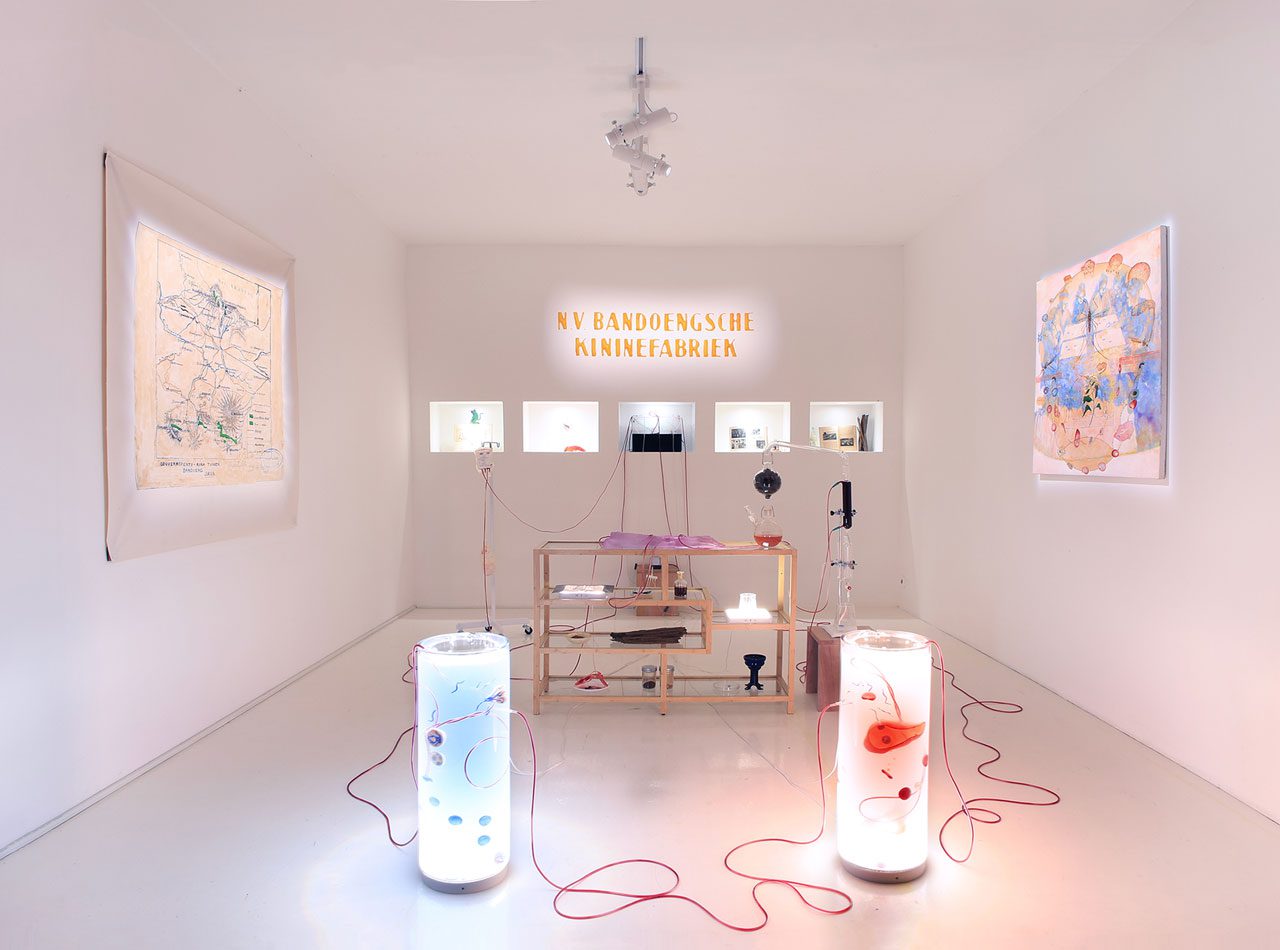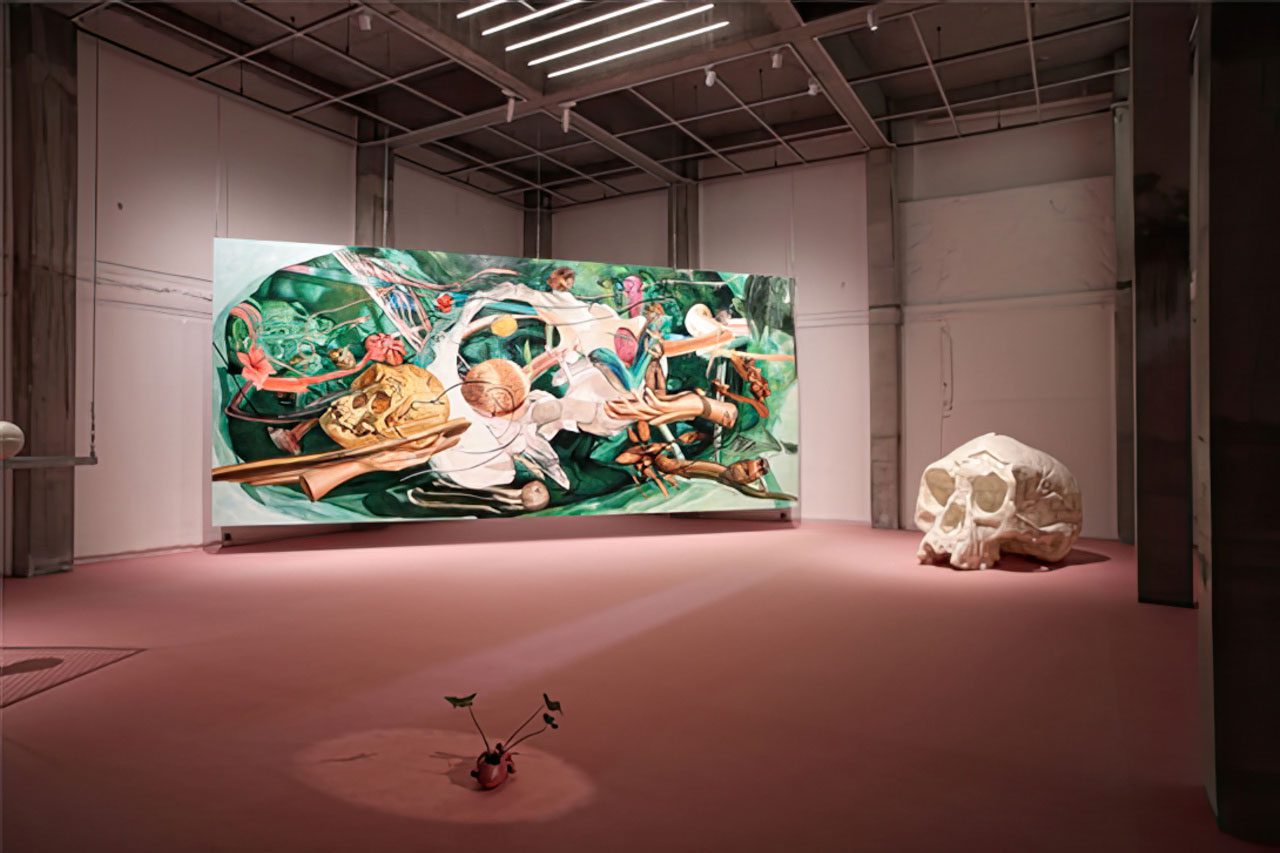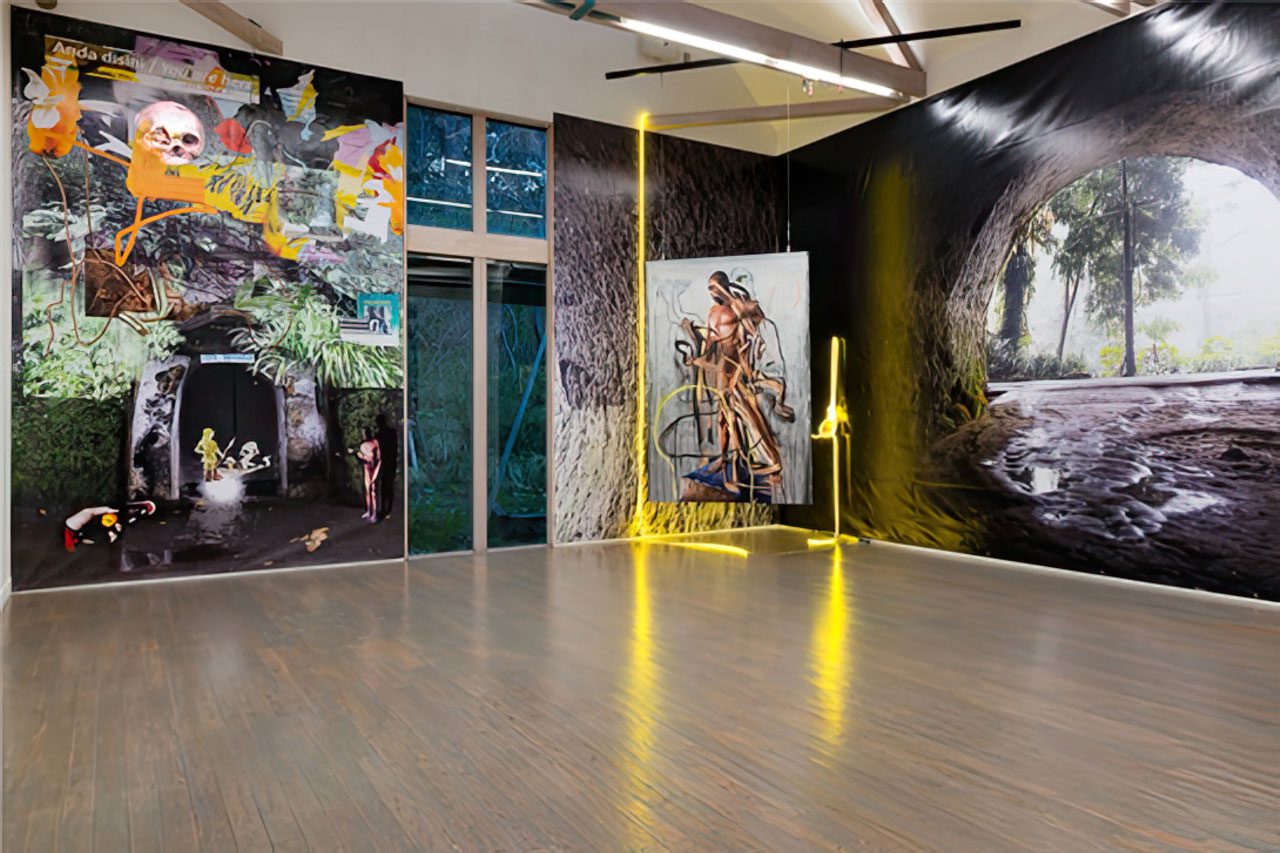ART CITIES: Tokyo-Kei Imazu
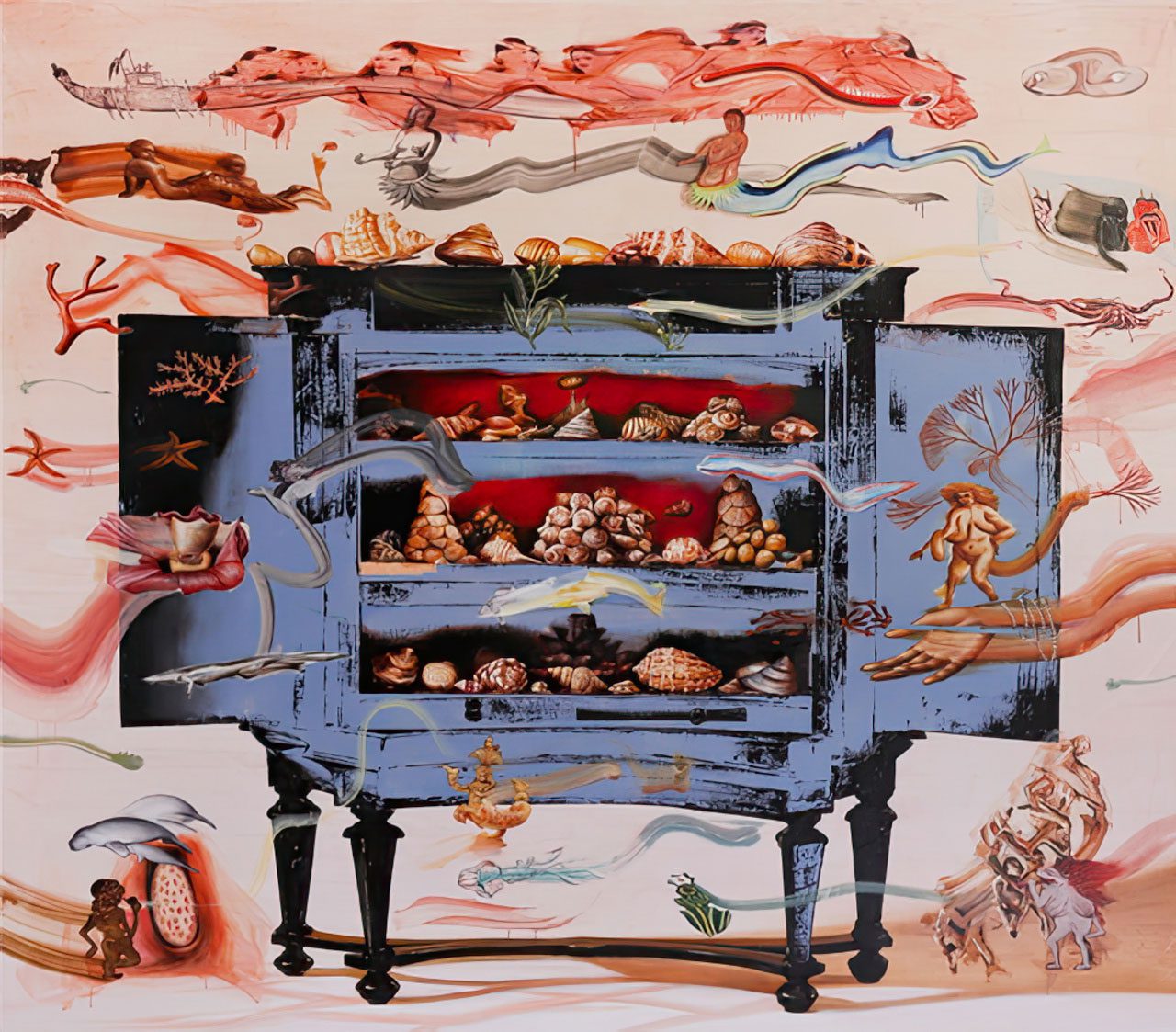 Kei Imazu creates an ambiguous imaginary world that hovers between past and present by painting, without the use of digital printing, a juxtaposed assemblage of ancient or baroque artistic fragments and images gleaned on the Internet. Some of these composed landscapes seem to be melting, others to be collapsing, or breaking up the source images. Her painting offers a kind of esoteric reading of the world and the human condition in all its complexity: a cryptic language without a stable truth.
Kei Imazu creates an ambiguous imaginary world that hovers between past and present by painting, without the use of digital printing, a juxtaposed assemblage of ancient or baroque artistic fragments and images gleaned on the Internet. Some of these composed landscapes seem to be melting, others to be collapsing, or breaking up the source images. Her painting offers a kind of esoteric reading of the world and the human condition in all its complexity: a cryptic language without a stable truth.
By Dimitris Lempesis
Photo: Tokyo Opera City Art Gallery Archive
Since moving to Indonesia in 2017, Kei Imazu’s works have come to address the country’s colonial histories as well as the multiple stories and folklores shared across the archipelago, which often contain parallel themes to global mythological narratives. Recently, Imazu’s practice has expanded to include painted sculptures and installations as sites of recovery and reconstruction, where traces of historical and mythical narratives are bound into new layers of understanding and kinship. Kei Imazu’s “Tanah Air”, her first large-scale solo exhibition presents the artist’s weaving of personal, historical, and mythological narratives, as an expansive reflection on Japan, where she has her roots, and her present situation in Indonesia. The title, “Tanah Air,” is made up of the Indonesian words tanah(earth) and air(water). Together, these two words mean “homeland.” Imazu’s works invite audiences into a contemplative return to one’s sense of place and belonging. Kei Imazu uses computer applications to process and compose images taken from various media such as the internet and digital archives, producing oil paintings on canvas based on these initial sketches. In 2017, Imazu moved to Bandung, Indonesia to live and work. In recent years, her works have shifted to represent her research into contemporary issues of urban development and environmental pollution in Indonesia, all of which capture the reality of the artist’s immediate surroundings. These issues are never directly expressed in Imazu’s works, but are rather woven and linked between a diverse range of archival images, juxtaposing multiple temporalities pertaining to Indonesian history, mythology, and ecosystems related to biological evolution and extinction, thereby extending her work in a more expansive direction. Imazu’s paintings, in which elements of global environmental issues, eco-feminism, mythology, history, and politics are juxtaposed on the same plane, are dynamic forms of artistic expression created by the vast amount of images and information passing through her body. The idea for the work “Memories of the Land/Body” came from the mapping pointed out by the philosopher Elizabeth Grosz. Imazu made extensive use of texture mapping and bump mapping to produce various effects on object surfaces by means of 3D images from computer graphics made with Dimension®, and incorporated this into the production process. In the background of the work , Imazu references a painting of Gunung Sumbing, a volcano on the island of Java, by the Dutch geologist Franz Wilhelm Junghuhn. The act of making maps was once motivated by the aim of assisting efforts by Western powers to colonize “uncivilized” lands and efficiently increase their production capacities. In this sense, the mapping done in Indonesia by the Dutch East India Company in colonial days and by the Japanese army during World War II may be considered an indicator of territorial expansion. In her Work “Hainuwele” (2023) the artist takes the subject of a myth from the island of Seram, Indonesia, “Hainuwele” is the name of a woman born from a coconut who had the power to create exotic treasures from her own excrement. She was buried alive by men who feared her mystical power, but when her body was cut up and buried, various kinds of tuberous crops grew out of the land, helping to support the islanders. Imazu interprets this myth from various angles, including feminism and colonial history, connecting it to her own personal experience as a mother. In recent years, Imazu’s practice has expanded from a predominant focus on painting to works with a more spatial presence, such as large three-dimensional pieces created with a 3D printer, as well as installations. For this exhibition, Imazu presents a new installation, “Bandoengsche Kininefabriek” (2024), about the cultivation of cinchona, a special remedy for malaria, which was once practiced in Bandung. Also showcased here are skeletal specimens, earthenware, and other large-scale sculptures scattered throughout the venue.
Photo: Kei Imazu, Curiosity cabinet from Ambon, 2022, oil on canvas, 194 x 194 cm, TAKEUCHI COLLECTION, courtesy of The Artist, ANOMALY, and ROH
Info: Tokyo Opera City Art Gallery, Shinjuku City, 3 Chome-20-2 Nishishinjuku, Tokyo, Japan, Duration: 11/1-23/3/2025, Days & Hours: Tue-Sun 11:00-19:00, www.operacity.jp/
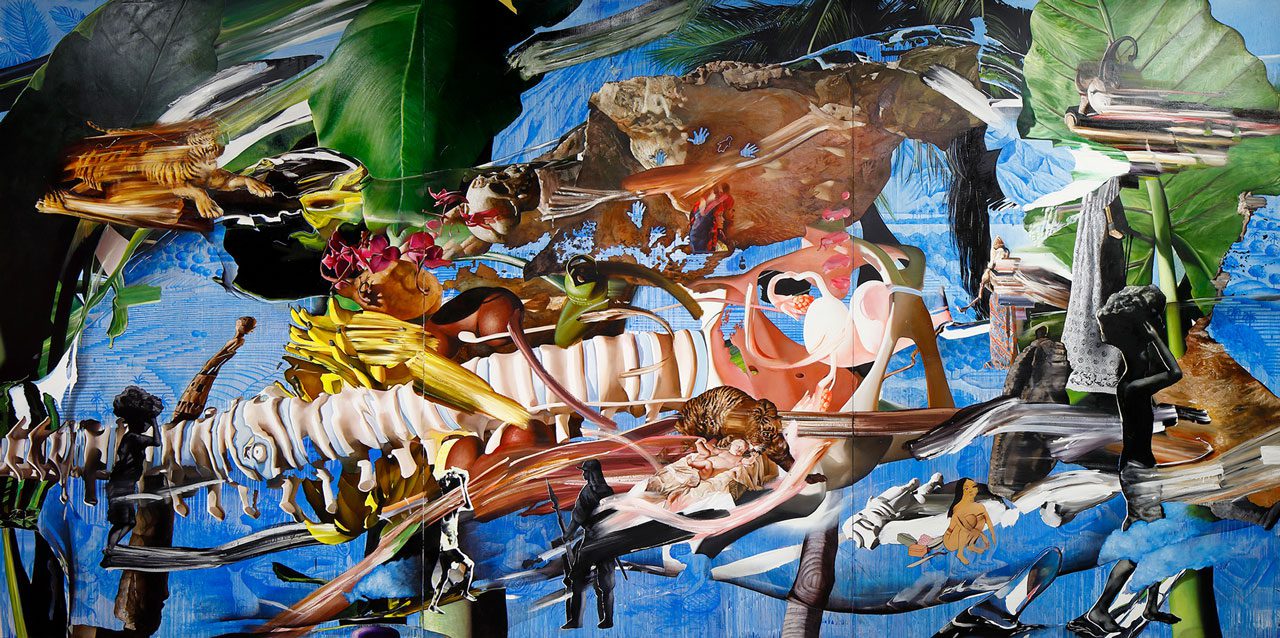
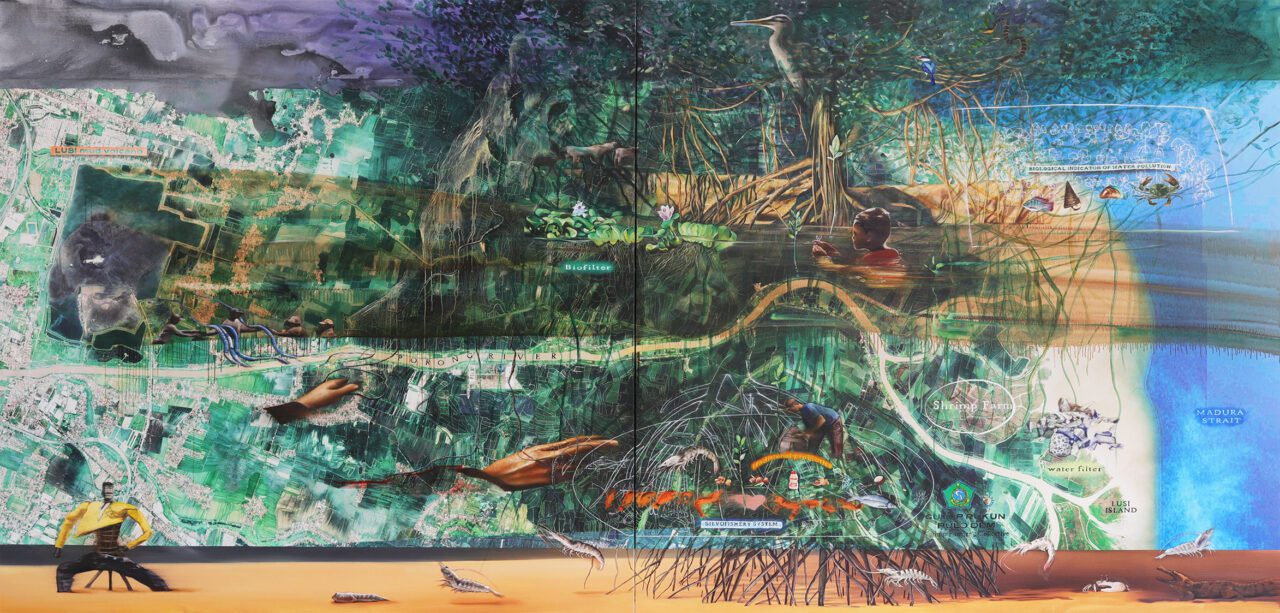
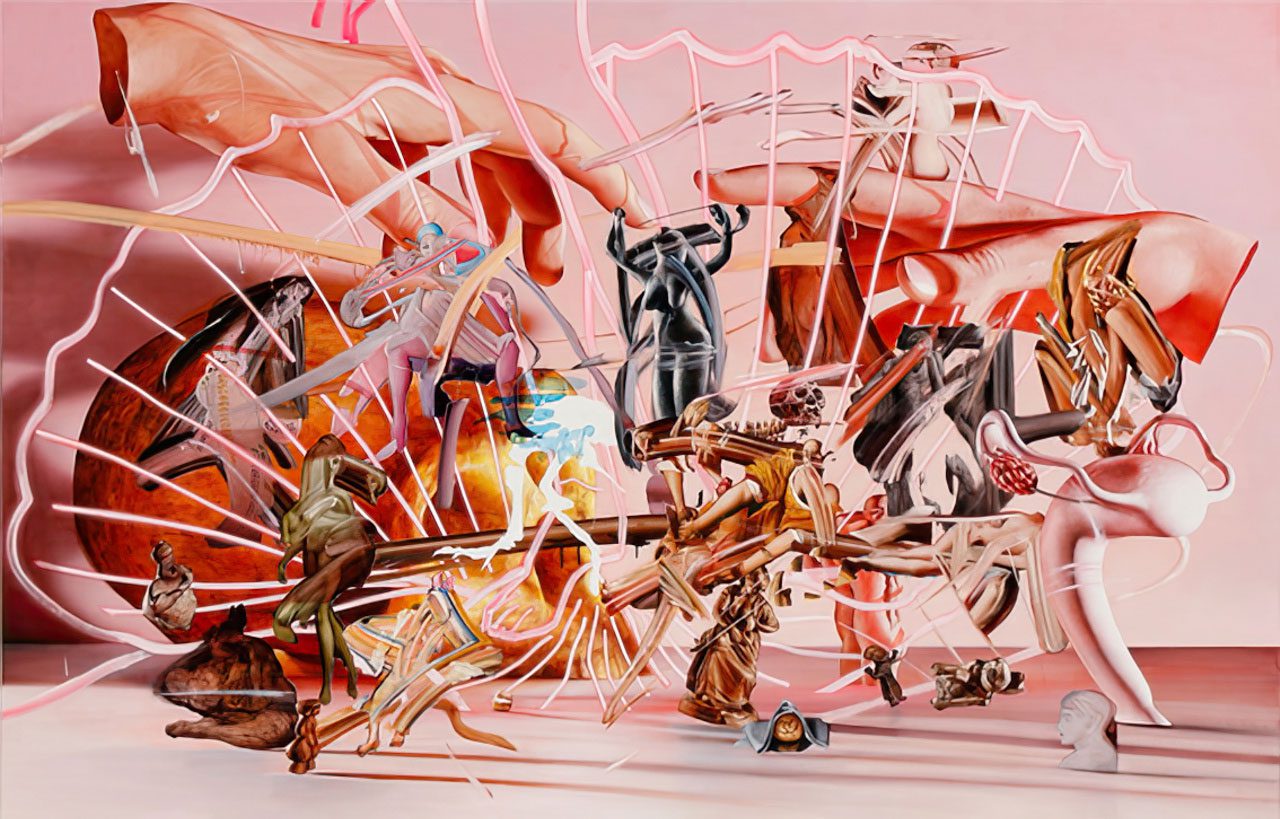
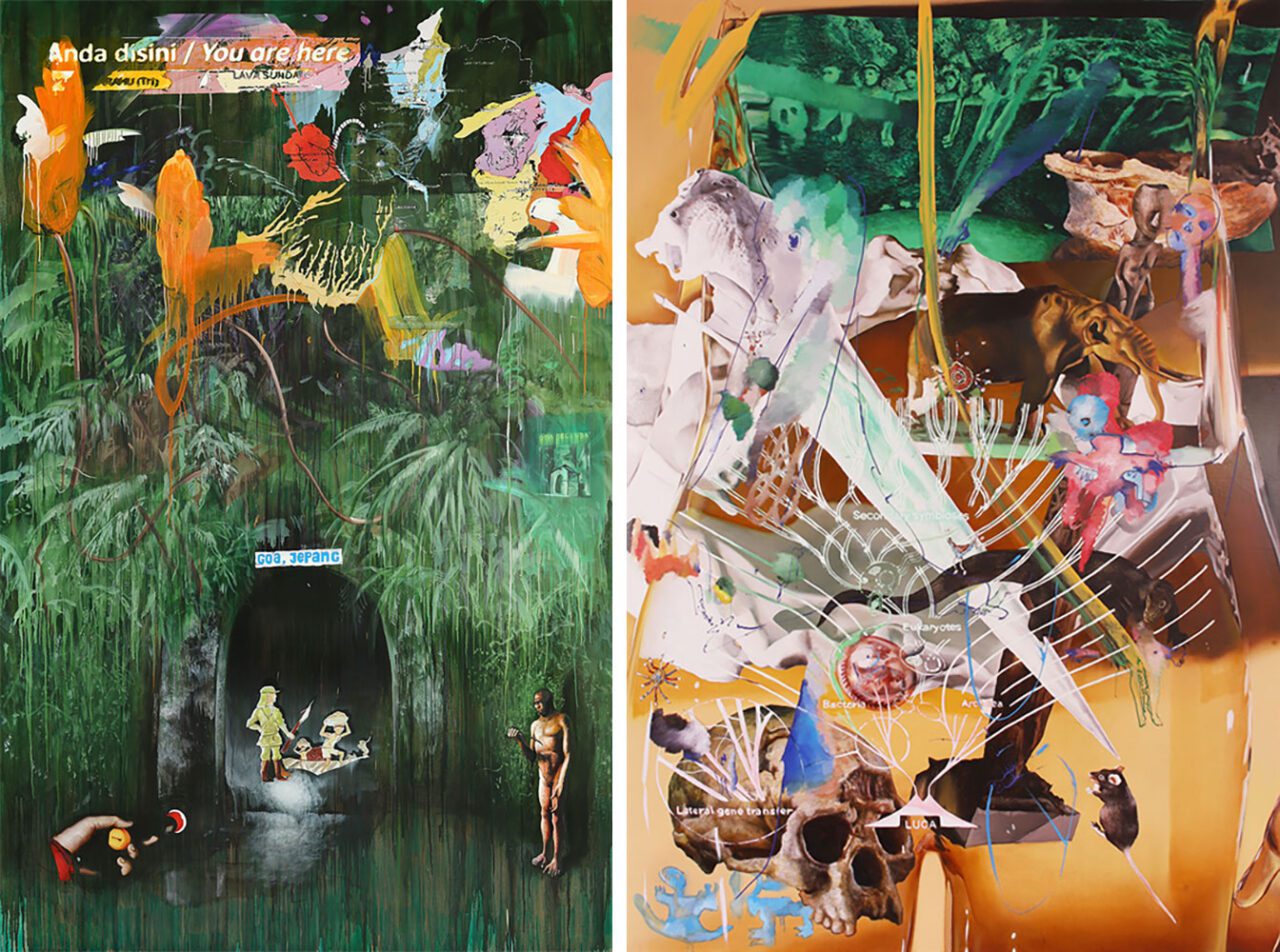
Right: Kei Imazu, Last Universal Common Ancestor, 2022, oil on canvas, 201 x 135.5 cm, Obayashi Collection, photo: Mishima Ichiro, courtesy of The Artist and ANOMALY
